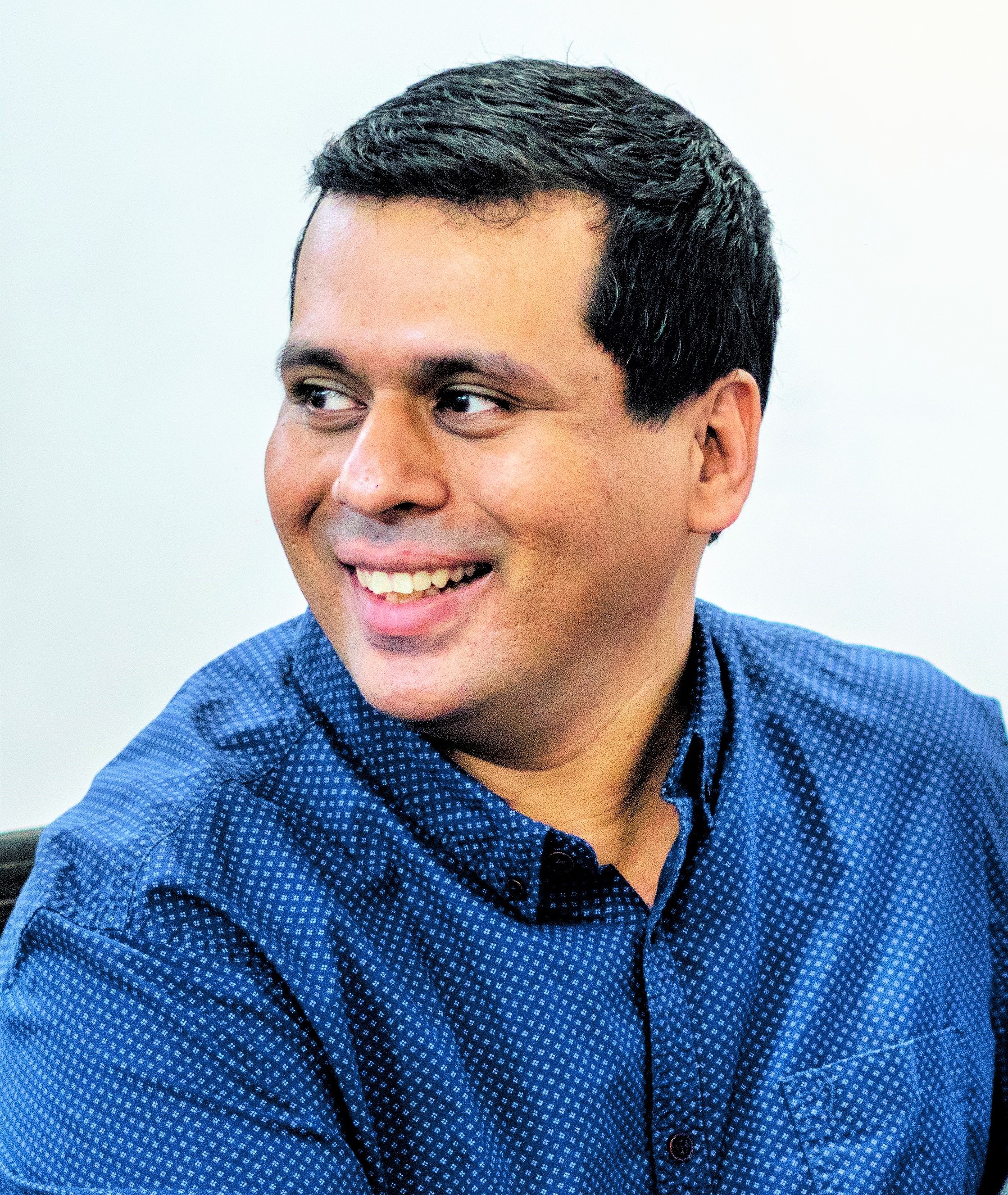Public Relations is a field rich in developments and potential for growth and expansion, but also one that carries the burden of unending challenges that every generation of PR professional attempts to combat. Accessibility to news and information has increased massively and so has the availability of platforms. While it is clear that PR can and will continue its ever-changing course to reach people, a look beneath the surface brings to light a few challenges that, while not unconquerable, need to be discussed and addressed.
Building and Sustaining Credibility – With the wide reach of the internet comes the wide scope for diluted credibility. Today, in the online space, everyone is a writer, an influencer, a marketer, a blogger. While it is refreshing to see that everyone’s opinion truly counts, it is also a phenomenon that brands through their PR consultants and agencies need to watch out for. Anything from one negative review to an article claiming to be an expose, from a malicious ex employee to a careless internal stakeholder releasing sensitive information inadvertently – the possibilities are numerous for over sharing of information in a world where almost everything is shared.
This is where the focus needs to be on getting featured in reputed, legitimate publications, getting third party organisations, experts and certification bodies to verify the quality of your brand, and consistently providing facts, figures and stats to back up any claims you make in the public spectrum. Once the quality of your outreach is ensured, the volumes will inevitably follow.
Selecting the Appropriate Platforms – Spoilt for choice is what communications professionals often feel with the digital space teeming with multiple platforms. Instagram, Facebook, Twitter, WordPress, Medium, LinkedIn and even Snapchat – where does one stop? From what kind of content fits on which platform, to which channel is the best for which target audience – PR is no longer confined to press releases and the pages of newspapers and magazines. 100-word social media posts are just as important as 700-word thought leadership articles, but not everyone reads everything, and that’s what the most important factor to recognise is.
PR strategies today need to involve high levels of market research, audience segmentation and deep understanding of media channels, so much so that PR is running parallel with marketing and advertising in terms of the need for audience insight. Not only does every platform have its own audiences, with people getting increasingly tech-savvy, these platforms keep evolving in terms of their user base.
While a year or two ago, Instagram campaigns could have been targeted to only millennials, it has now become a space for subject matter experts and thought leaders to disseminate information in bite-sized chunks. Evolving from a space for amateur photographers, for instance, Instagram is now a primary platform for the best wildlife experts from National Geographic like Paul Nicklen, Brian Skerry, and independent photographer Cristina Mittermeier. The corporate world hasn’t been far behind to follow suit. So, along with carefully researched and crafted PR strategies, professionals also need to keep up with constantly changing trends.
Maintaining the Dialogue (With Minimum Risk) – Wrapped up an event, drafted a press release, sent it on to a journalist, and it’s out there for the world to see, but not to question. The 21st century isn’t quite the same when it comes to PR. The minute anyone who can be considered a brand representative posts a social media update, shares a feature, or even expresses an opinion about the most mundane of things like their favourite restaurant for biryani – a PR update has appeared for all to see and acknowledge.
The person who is posting can be a brand leader or an employee of the organization, but what ensues is a stream of responses, comments and questions from consumers that need to be handled and answered in a timely manner, effectively, and yet without saying the wrong thing or divulging too much information.
This is why social media accounts of at least the brand representatives, ambassadors and senior management should be handled by a PR consultancy to avoid any sort of discrepancy or carelessness from the brand’s side.
Measuring the Impact – Today, more than ever before, most clients ask PR consultancies and consultants to demonstrate the impact of campaigns and initiatives. This demonstration needs to be preferably in monetary terms. Media impressions are no longer enough to reassure brands that their PR strategy is on track. From attribution to leads generated, and even leads nurtured and closed, the demand for measurable ROI parameters is steadily rising. Some of these parameters are:
- Unique users
- Traffic from referral sources (social media, specific stories, search)
- Traffic from specific activities (contributed content, landing pages)
- Time spent on site
- Bounce rate
- Leads generated
- Leads closed
- Return-on-investment
The good news here is that with every demand, there are brilliant minds at work to create a steady supply of softwares and tools. From Google Analytics to CRM systems and tracking programs like HootSuite and Adobe Analytics, it is imperative today for PR professionals to be well-versed in all the latest tools. However, at the outset, of utmost importance is a clear goal that will tell you which metrics you need to measure – this in turn will help narrow in on the right softwares.
What makes the world of PR such an attractive space? Possibly the fact that it is dynamic, fast-changing and therefore a realm that, by virtue of its objective and functions, encourages continuous learning. The digital space has transformed the PR business and thrown it further into the public spectrum than ever before, further emphasising the need for constant countering of challenges. For, with great visibility, comes greater accountability.




Leave a comment